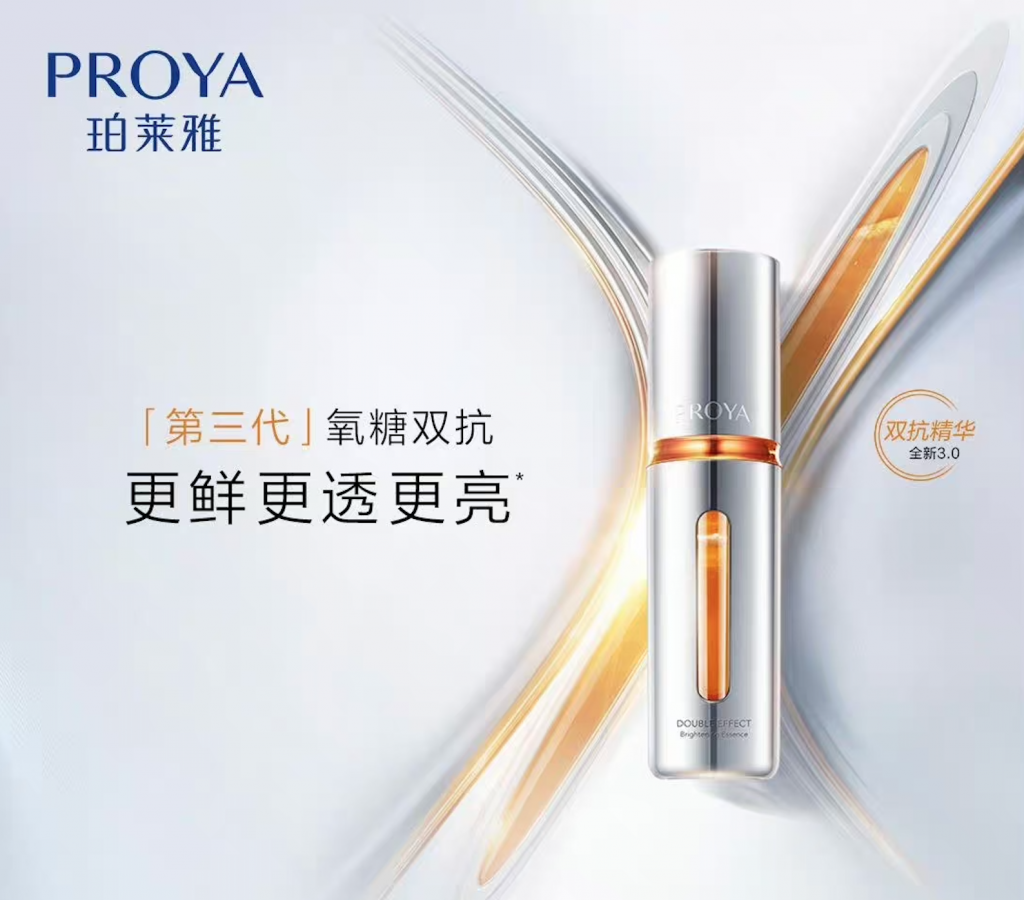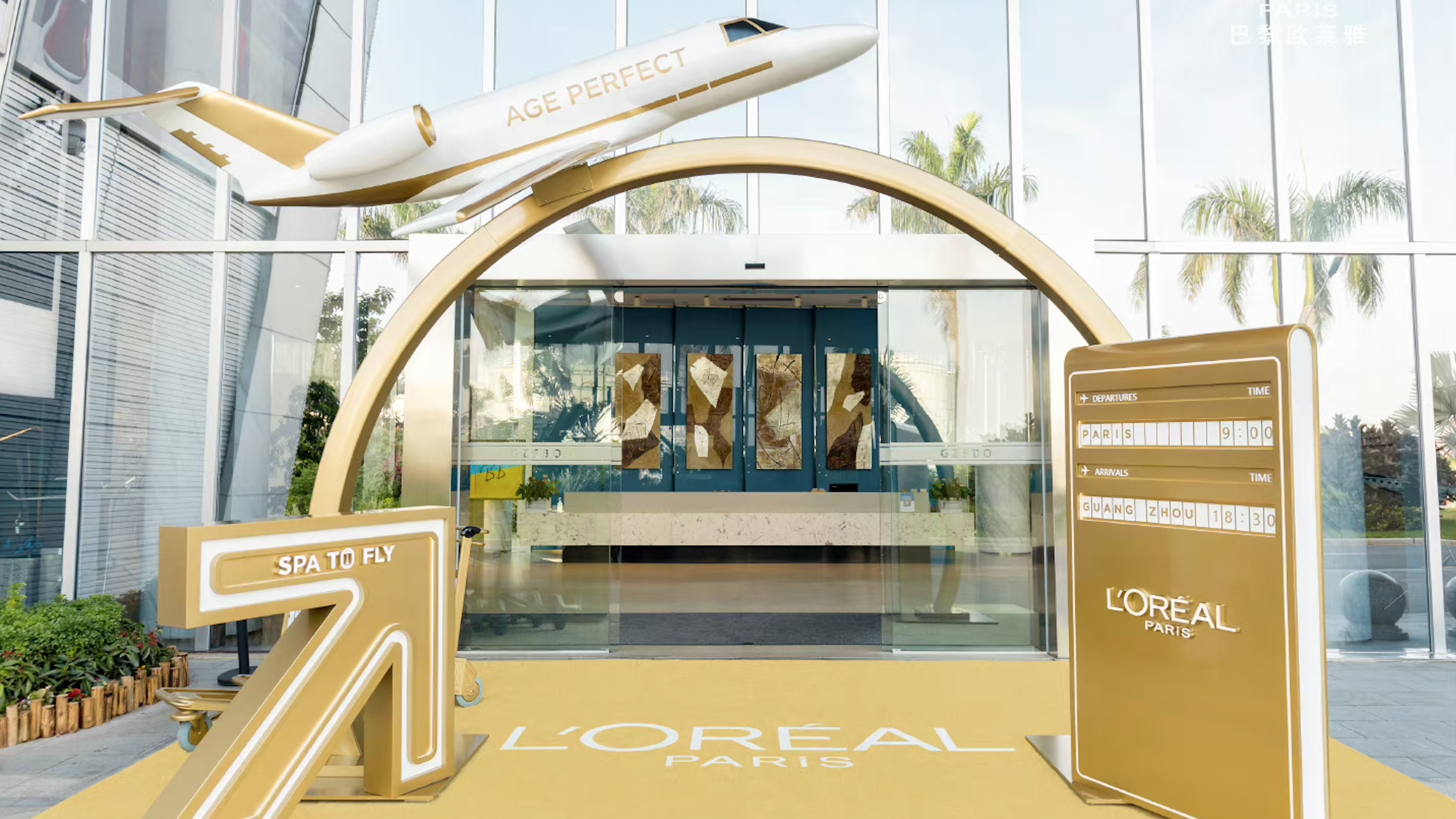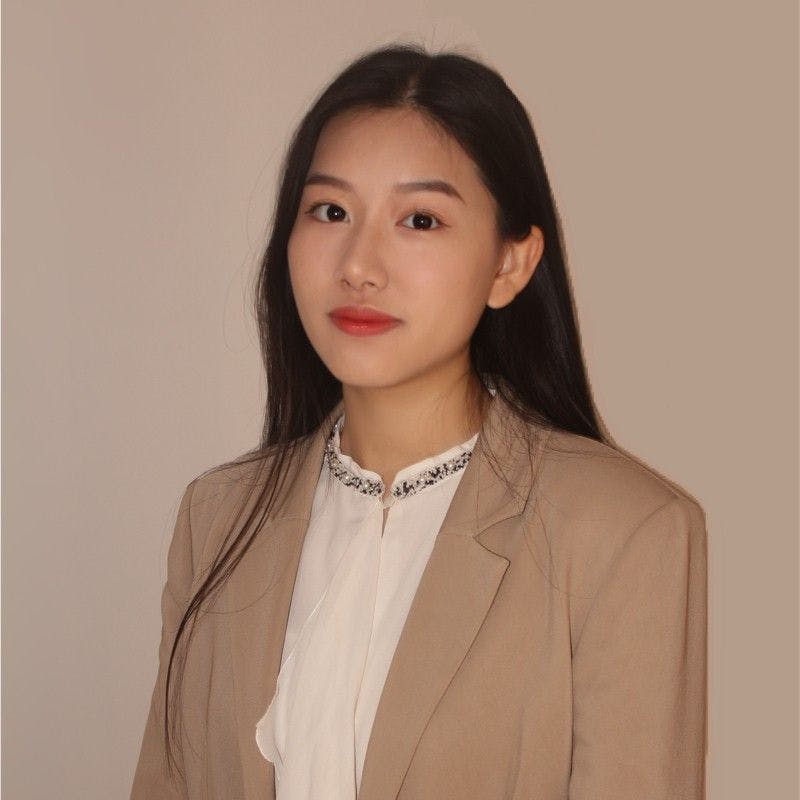What happened
Local and international beauty brands are eyeing short-video app Douyin for growth in China.
According to data intelligence platform Feigua, the overall gross merchandise value (GMV) of beauty brands on Douyin has exceeded $10.6 billion (76.6 billion RMB). Notably, L’Oréal topped a ranking of brand sales in the first half of the year, hitting a GMV of 1 billion RMB ($140 million). The French cosmetics brand is expected to surpass a GMV of 2 billion RMB ($278 million) by the end of 2023.
Among the top 10, domestic and global names are evenly distributed. Chinese beauty labels Hanshu and Proya claimed second and fourth place, respectively, on the list — beating global giants Estée Lauder, Lancôme, and Helena Rubenstein.

The Jing Take
Douyin is the nation’s newest retail battleground, reshuffling China’s beauty landscape. Both established companies and upstarts are learning how to leverage the platform and conquer the hearts of its users. Though local players have the home advantage, it’s clear that international brands are actively fighting to grow their market share.
Take L’Oréal, the winner of Douyin’s beauty category, for instance. The brand officially joined Douyin’s e-commerce business in May 2021. Through Douyin’s Super Product Day, L’Oréal secured a total GMV of $3.4 million (22 million RMB) within a week. Meanwhile, a single livestream session in collaboration with homegrown star Zhu Zixiao garnered a GMV of over $2.2 million (16 million RMB).
With the rise of China’s Gen Z, social platforms like Douyin are becoming pivotal channels for brands to close the loop in digital commerce, from marketing to potential shoppers to directly selling to them.

L’Oréal collaborates with roughly 800 to 1,500 Douyin KOLs every month, ranging from mega influencers with over 5 million followers to small-to-medium key opinion consumers, to promote its products and livestreaming sessions. In the first half of 2022, L’Oréal’s Douyin GMV exceeded $33 million (238 million RMB). This year, the beauty giant has quadrupled this number, indicating the huge potential of the short-video platform.
In 2021, e-commerce drove as much as 80 percent of L’Oreal’s revenue in China. Taobao accounted for half of e-commerce sales, followed by JD.com at 15 percent, WeChat at 8 percent, and Douyin and other online channels at about 7 percent.
If this momentum continues, it won’t take long for Douyin to become one of the major growth drivers for L’Oréal. However, whether the French house can maintain its number one position while others vie for dominance on the app is another story.
The Jing Take reports on a piece of the leading news and presents our editorial team’s analysis of the key implications for the luxury industry. In the recurring column, we analyze everything from product drops and mergers to heated debate sprouting on Chinese social media.

